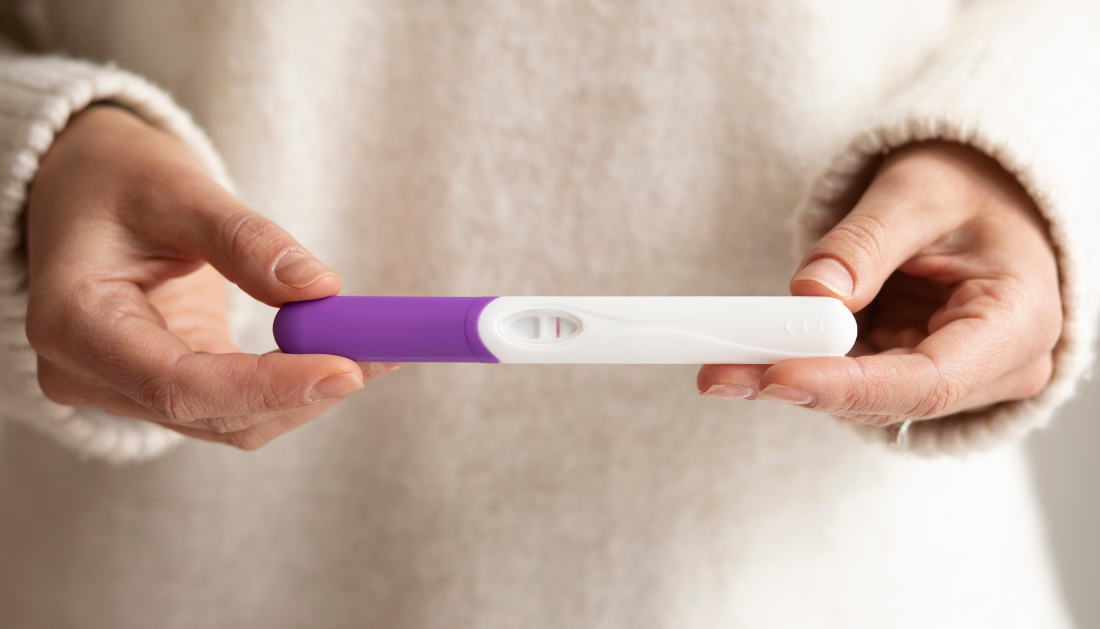

Researchers examine the association between preconception phthalate exposure and fecundity, pregnancy loss, and indicators of inflammation, hormone disruption, and oxidative stress in a recent study published in the journal Environmental Health Perspectives.
What exactly are phthalates?
Phthalates are extensively employed as plasticizers in polyvinyl chloride and as stabilizers in personal care products. Inhalation or ingestion from household items and food packaging, skin absorption from personal care products, and water pollution are all potential sources of phthalate exposure.
Phthalates are endocrine disruptors that can increase oxidative stress and inflammation throughout the body. Phthalate exposure has been linked to negative health effects such as chronic renal disease, premature delivery, and poor neurodevelopment.
Given the vulnerability of reproductive processes to oxidative stress and endocrine disruption, reproductive toxicity is of particular concern with phthalate exposure. Furthermore, some phthalates have anti-androgenic effects, with several studies indicating that phthalate exposure in males can lower testosterone and sperm quality.
Pregnancy loss and preterm delivery have also been linked to phthalate exposure during pregnancy. However, investigations on the effect of phthalate exposure on establishing or maintaining a healthy pregnancy have yielded inconclusive results.
Concerning the research
Researchers gathered data from the Effects of Aspirin in Gestation and Reproduction (EAGeR) trial, which recruited females trying pregnancy between 2007 and 2011.
At the commencement of the first observed menstrual cycle, subjects were randomly assigned to receive 81 mg of aspirin and 400 g of folic acid or placebo and folic acid. All participants in the trial were tracked for up to six menstrual cycles and throughout pregnancy if they became pregnant.
Eligible participants were between the ages of 18 and 40, had regular menstrual cycles, one or two previous pregnancy losses, no history of infertility, aspirin contraindications, or anticoagulant indications, and were not being treated for a medical concern.
Age, ethnicity/race, parity, smoking, and medical history were all self-reported by participants. Blood and urine samples were also taken in the morning.
In urine samples, twenty phthalate metabolites were examined. Human chorionic gonadotropin (hCG) levels were used to detect pregnancy. Pregnancy loss was defined as the absence of pregnancy confirmation on ultrasound following a positive hCG test or as an observable loss after clinical confirmation.
The number of menstrual cycles of follow-up a couple sought to obtain pregnancy was used to determine fecundability. Creatinine and reproductive hormones were evaluated in samples taken at various times, including the follicular, ovulatory, and luteal phases. At enrollment, high-sensitivity C-reactive protein (hsCRP) in serum and isoprostanes in first-morning urine samples were assessed.
The link between phthalate metabolites and fecundity was studied using Cox proportional hazard models. To assess the risk of miscarriage, weighted Poisson models with robust variance were utilized. The relationships of phthalate metabolites with changes in reproductive hormones, isoprostanes, and hsCRP were studied using generalized linear models.
The study’s findings
The EAGeR trial enrolled 1,228 women, with an average age of 29. Approximately 95% of participants were non-Hispanic White, 68.9% had a moderate-to-high income, 57.2% were married, and 12.3% smoked.
In total, 797 participants became pregnant, with 188 of them miscarrying. Multiple phthalate metabolite levels before conception were linked to a lower likelihood of fecundity.
There were no apparent links found between phthalate metabolites and the likelihood of miscarriage. The effect estimates for pregnancy loss or fecundity were not affected by aspirin or placebo treatment. Furthermore, throughout the first two menstrual cycles of follow-up, preconception phthalate metabolites were linked to a variety of reproductive hormones.
Increased levels of many metabolites were linked to lower levels of estradiol throughout the menstrual cycle. Furthermore, higher levels were consistently linked to higher levels of luteinizing hormone (LH) and follicle-stimulating hormone (FSH), particularly during ovulation. Progesterone associations were less consistent.
Preconception phthalate metabolite levels were linked to higher levels of isoprostanes and hsCRP. The three metabolites having the highest connection with fecundability, mono-benzyl phthalate, mono-butyl phthalate, and mono-(2-ethyl hexyl) phthalate, were consistently linked with elevated isoprostane and hsCRP concentrations.
Conclusions
Higher preconception phthalate metabolite levels were linked to lower fecundability and estradiol levels, as well as higher LH and FSH levels during ovulation. Furthermore, there was no apparent link between phthalate metabolites and the risk of miscarriage.
Various phthalate metabolites have been linked to decreased fecundity, alterations in reproductive hormones, as well as increased oxidative stress and inflammation. The study’s findings show that preconception phthalate exposure may affect female reproductive health, and that the pre- and periconceptional periods may offer a sensitive window for interventions to minimize phthalate toxicity.
For more information: Preconception Phthalate Exposure and Women’s Reproductive Health: Pregnancy, Pregnancy Loss, and Underlying Mechanisms, Environmental Health Perspectives, https://ehp.niehs.nih.gov/doi/10.1289/EHP12287
more recommended stories
 New Blood Cancer Model Unveils Drug Resistance
New Blood Cancer Model Unveils Drug ResistanceNew Lab Model Reveals Gene Mutation.
 Healthy Habits Slash Diverticulitis Risk in Half: Clinical Insights
Healthy Habits Slash Diverticulitis Risk in Half: Clinical InsightsHealthy Habits Slash Diverticulitis Risk in.
 Caffeine and SIDS: A New Prevention Theory
Caffeine and SIDS: A New Prevention TheoryFor the first time in decades,.
 Microbial Metabolites Reveal Health Insights
Microbial Metabolites Reveal Health InsightsThe human body is not just.
 Reelin and Cocaine Addiction: A Breakthrough Study
Reelin and Cocaine Addiction: A Breakthrough StudyA groundbreaking study from the University.
 Preeclampsia and Stroke Risk: Long-Term Effects
Preeclampsia and Stroke Risk: Long-Term EffectsPreeclampsia (PE) – a hypertensive disorder.
 Statins and Depression: No Added Benefit
Statins and Depression: No Added BenefitWhat Are Statins Used For? Statins.
 Azithromycin Resistance Rises After Mass Treatment
Azithromycin Resistance Rises After Mass TreatmentMass drug administration (MDA) of azithromycin.
 Generative AI in Health Campaigns: A Game-Changer
Generative AI in Health Campaigns: A Game-ChangerMass media campaigns have long been.
 Molecular Stress in Aging Neurons Explained
Molecular Stress in Aging Neurons ExplainedAs the population ages, scientists are.

Leave a Comment